Significance
Tainan’s Xihua Temple was built over two hundred years ago. It is the only Zhaijiao religious temple in Taiwan built by the religion’s Jinchuang sect follower Weng Wen-feng. The temple complex is laid out in a traditional courtyard building design that reflects Zhaijiao’s meditative religious practices, including the strict vegetarian fasting diet followed by believers (“zhai” refers to a vegetarian diet). The temple holds a special status in the history of the development of the Zhaijiao sect in Taiwan, and is one of the religion’s few remaining cultural assets. The history of the temple also reflects the decline of Zhaijiao and its gradual integration into mainstream Buddhism. The temple has the most abundant collection of cultural relics of all Zhaijiao temples. Historically and culturally significant items include paintings by Pan Li-shui, steles, and an ancient plum tree.
History
Xihua Temple was established in 1750. It is the only Zhaijiao temple built by Jinchuang sect follower Weng Wen-feng. Zhaijiao, considered a branch of Buddhism, sprang from the Rinzai Zen school of Buddhism. However, followers do not shave their heads or join monasteries. Instead, they adhere to a vegetarian diet and study scriptures at home. In Tainan, Zhaijiao was divided into three sects: the Longhua sect, the Jinchuang sect and the Xiantian sect. In 1656, Master Taixu broke away from the Longhua sect and established the Jinchuang sect. Later, his followers Cai Wen-ju and Weng Wen-feng each established their own factions. Xihua Temple belongs to the Weng Wen-feng faction. The temple compound forms a three-sided courtyard with two rows of buildings and three wings. It underwent renovations during the reigns of the Jiaqing, Tongzhi and Guangxu emperors, as well as after the liberation of Taiwan from Japanese colonization. The last round of renovations took place in 1975 under the supervision of Tainan Chun-Yuan Studio master Pan Li-shui (1914 – 1995). The door gods and paintings of characters and animals on the beams and door panels created by Pan are all extremely lifelike. Xihua Temple was designated a city landmark in 1985. Two years later, after Buddhist Master Jiejing (? – 1992) took over as abbot, the temple was developed into a quiet retreat for Buddhist nuns to practice meditation.
Special Features
1The Temple Layout Xihua Temple is laid out as a three-sided courtyard complex. This simple style was common in early rural Taiwanese villages. The temple is accessible through the main gate, which leads to the main hall and its two wings. The main hall has a recessed entrance which also serves as a worship pavilion. It has a double front door and two side doors, one of which is used for entering and the other for exiting. All of the main hall’s pillars are made of wood, with the exception of the four supporting columns, which were chiseled from stone. A pair of gable walls connects the main hall to the rear hall. Octagonal moon gates lead to the wings, which in turn connect to side chambers. Outside the entrance a large front courtyard and a garden can be found. There is also a sutra pavilion to the right of the main gate.
Xihua Temple is laid out as a three-sided courtyard complex. This simple style was common in early rural Taiwanese villages. The temple is accessible through the main gate, which leads to the main hall and its two wings. The main hall has a recessed entrance which also serves as a worship pavilion. It has a double front door and two side doors, one of which is used for entering and the other for exiting. All of the main hall’s pillars are made of wood, with the exception of the four supporting columns, which were chiseled from stone. A pair of gable walls connects the main hall to the rear hall. Octagonal moon gates lead to the wings, which in turn connect to side chambers. Outside the entrance a large front courtyard and a garden can be found. There is also a sutra pavilion to the right of the main gate.
2The Main GateThe main gate is located on Xihua Street. Its style is different from the main gates found at other Buddhist or Taoist temples. The gate is white with red roof tiles. Its design is simple and clean.
3Pan Li-shui’s Woodcut Murals and Door Gods
The last time Xihua Temple was renovated was in 1975. Tainan’s Chun-Yuan Studio artist Pan Li-shui was in charge of the repairs. His works include the main hall’s door gods and the paintings on the beams and door panels. Woodcut murals on either side of the shrine show the Transmission of Kasyapa and the Master Passing on Doctrines, stories related in Buddhist tradition. Pan painted the door gods on the main double door and the Heng-Ha generals on each of the side doors. He focused on giving depth to his paintings and used gradient painting techniques to contrast light and shadow and give the deities a lifelike quality.
4The Stone Steles A stone stele that provides a description of events in Xihua Temple’s history is displayed next to the wall of Xihua Temple’s left wing. Three steles inscribed with the history of the temple’s construction can also be found there. They date to the reign of the Guangxu Emperor (1875 – 1908), and were there throughout the development of Zhaijiao in Taiwan.
A stone stele that provides a description of events in Xihua Temple’s history is displayed next to the wall of Xihua Temple’s left wing. Three steles inscribed with the history of the temple’s construction can also be found there. They date to the reign of the Guangxu Emperor (1875 – 1908), and were there throughout the development of Zhaijiao in Taiwan.
5The Old Plum TreeXihua Temple has several old trees, including a plum tree that is estimated to be two hundred to three hundred years old. According to local legend, Ming Dynasty Prince Ningjing (1617 – 1683), planted the tree. In recent years, the tree has suffered several bacterial infections. Luckily, the Fu-Tien Arboricultural Foundation has been able to nurse it back to health. The blooming of the tree’s plum blossoms always attracts many wintertime visitors.
Reminders
Xihua Temple is open daily from 6:00 a.m. to 5:00 p.m. The section of the main hall behind the shrine is not open to the public. The temple’s biggest annual celebration is the Ghost Festival, which takes place in the middle of the seventh lunar month.
Panoramic
Directions